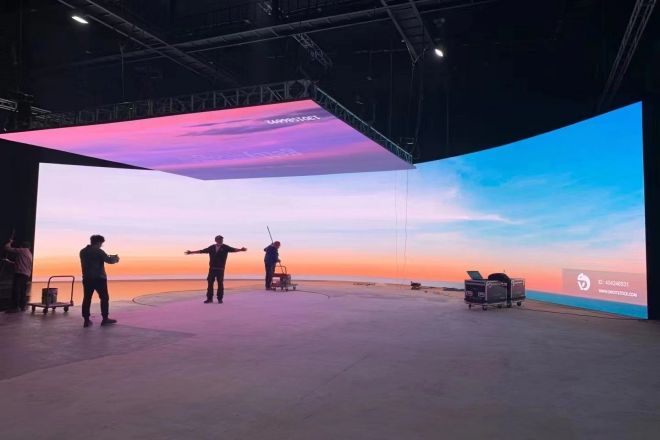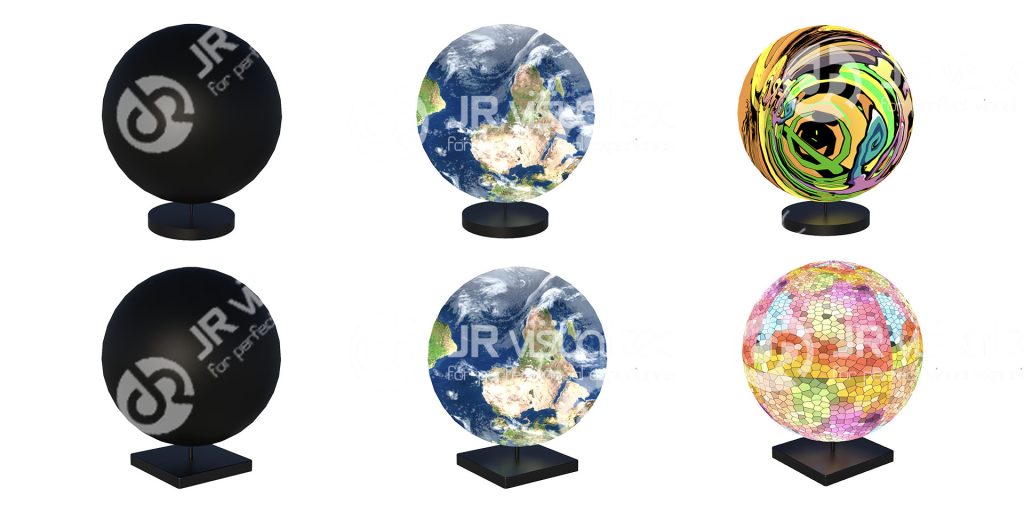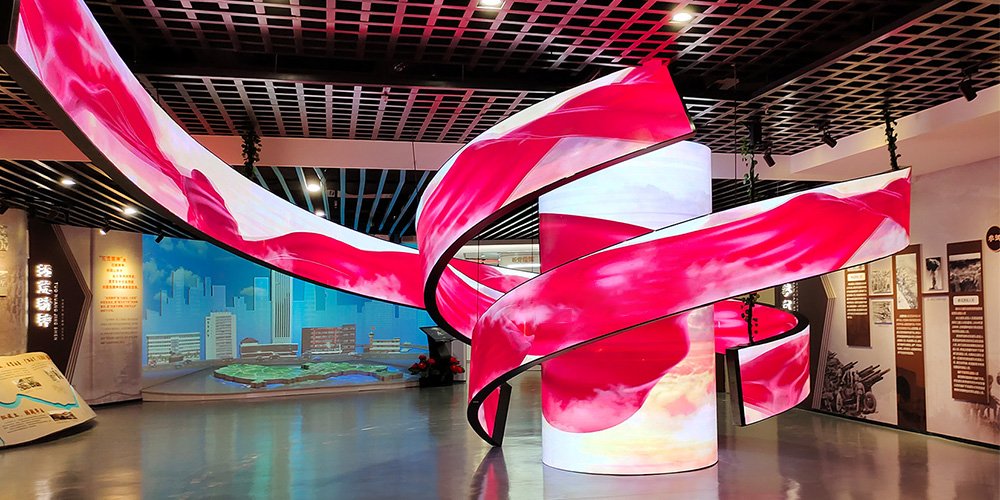Creative LED displays provide immersive viewing experiences that seamlessly blend hardware, content, spatial design, and human-centered interaction, drawing viewers into a compelling story or environment. These displays, ranging from curved and flexible LED displays to interactive LED floors and sculptural LED luminaires, are widely used in retail flagship stores, museums, concert stages, themed entertainment venues, corporate lobbies, and broadcast studios. In these settings, creative LED displays do more than display content: they create atmosphere, guide activity, and serve as a stage for multi-sensory storytelling. Effective design requires aligning three key aspects from the outset: creative goals, user context, and technical constraints.
Conduct a user-centered site analysis for creative LED displays
First, consider: Who will use the space? How long will they stay? What emotional experience do you want users to have? What are any legal or operational restrictions? Translate the answers into measurable parameters, such as typical viewing distance range, peak hourly traffic volume, maximum ambient light levels, and required uptime.
Translate your ideas into design rules. For example, if a retail display has a high volume of passersby, with an expected dwell time of 10 to 30 seconds, and viewing distances primarily between 1.0 and 3.5 meters, a medium to fine pixel pitch and high contrast ratio should be prioritized. In contrast, a stadium screen, intended for distances exceeding 20 meters, requires a coarse pitch but must be extremely bright. Using these ranges ensures you balance hardware selection, content resolution, and budget.

Choosing the Right Creative LED Display Hardware
Choosing hardware is a critical step in aligning creative goals with practical realities. For the creative LED display, modules should be selected based on pixel pitch, brightness, contrast, refresh characteristics, and the physical size of the display. Pixel pitch determines perceived clarity. Generally, the practical range includes fine pitch (P0.9–P1.5 mm), suitable for interactive kiosks and museum exhibits with close viewing distances (<1–2 meters); premium indoor (P1.6–P2.5 mm), ideal for retail stores, lobbies, and galleries with a viewing distance of 1–4 meters; medium (P2.5–P6 mm), suitable for auditoriums or larger halls with a viewing distance of 4–10 meters; and coarse (P6–P20+ mm), suitable for arenas, exterior walls, and long-distance signage.
As for brightness, it is important to match the LED display’s brightness to the environment. We recommend controlling the lighting brightness indoors to 800–1,500 nits, which is sufficient for glare-free, high-impact visuals. For spaces with high ambient light or those facing windows, a recommended range of 2,000–3,500 nits is suggested. For outdoor daytime billboards, aim for 4,000–8,000+ nits.
Form Factor: Creative LED displays come in a variety of cabinet types:
1. Rigid flat-panel cabinets suitable for large walls.
2. Curved/bendable cabinets for curved or cylindrical installations.
3. Flexible strip modules for columns or sculptures.
4. Transparent LED lights for storefront displays.
5. Floor-standing LEDs suitable for interactive walk-through installations.
Other specifications include an outdoor IP rating (typically IP65), ingress protection for floor modules, thermal design considerations, and redundancy for mission-critical installations.

Evaluate overall structure, installation, thermal management, and safety
Creative LED displays are integral to the building, encompassing structural engineering, installation, ventilation, access, and safety compliance. For structural installation, calculations for dead and live loads are necessary. LED light boxes and frames add vertical and lateral loads. Furthermore, for outdoor curtain walls, wind loads are critical, requiring modular frames with dowel pins to maintain the optical flatness of fine-pitch displays. The brightness and lifespan of LED displays depend on heat dissipation. For high-brightness or enclosed installations, cabinets with heat sinks and forced air ducting are required. Ensure adequate ventilation behind the display.
Next, design front or rear access based on site space constraints. Front-access cabinets enable close-to-wall mounting and can accommodate magnetic or snap-on modules. Rear access requires a maintenance access. Design access panels that include numbered labels to enable maintenance teams to quickly identify modules or power supplies. It is best to comply with local building codes, ensuring that mounting materials are flame-retardant, emergency exits are considered, and all LED lights are non-slip.
Creative content strategies enhance the immersive experience of LED displays
Creative LED content must be spatially aware and user-centric. Because LED displays can take on any shape, your content should leverage depth, parallax, and motion to enhance immersion. Strategically, differentiate between background, midground, and foreground elements. Use parallax to create a sense of depth, and animate foreground elements at a faster rate than background elements to convey a sense of motion.
For interactivity and personalization, incorporate sensors and cameras to trigger content changes based on viewer location, group size, or time of day. For example, in a retail environment, product information or coupons can be displayed when someone pauses in front of the screen. Coordinate sound, touch, or lighting to enhance immersion. Ensure seamless audio and video integration.

Interactive Design and Accessibility
Immersive experiences succeed when visitors feel comfortable and in control. When designing interactive, creative LED displays, consider human factors such as ergonomics, cognitive load, accessibility, and safety. For interactive kiosks, use projected capacitive overlays or infrared touch frames designed specifically for LED surfaces. For large walls, gesture detection or smartphone-based controls can reduce the need for hardware touch.
Mobile devices can also be integrated to provide users with a personalized experience—for example, selecting product variations on a retail wall and adding them to a shopping cart. Of course, ensure that audio coverage matches the field of view. Avoid excessive, dizzying volume. These user-centric designs ensure that creative LED displays are intuitive, respectful, and compelling for diverse audiences.
Unleash the full power of creativity
Through careful analysis of the venue and users, as well as the selection of LED display hardware, various interactive designs can create an immersive viewing experience using creative LED displays. When hardware, content, and human-computer interaction are integrated, the creative LED display is no longer just a screen, but becomes a space that makes the environment unforgettable.

